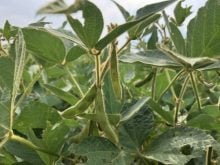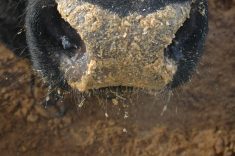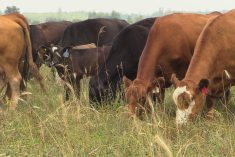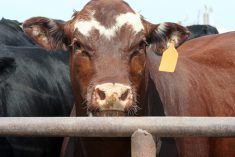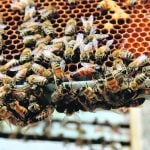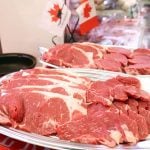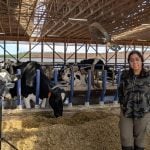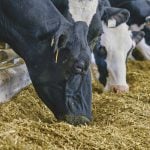Western Canadian yearling markets have traded in a sideways range over the past couple of weeks; major feedlot operators have been aggressive for 800-pound-plus feeders just off grass because these cattle are most efficient and therefore, most profitable.
Grass yearlings were quoted steady to as much as $5 higher this past week. Backgrounded yearlings were relatively unchanged from last week due to stronger feed grain prices. Barley prices in Alberta jumped another $5-$10 per tonne this past week. The market for calves was remains rather sluggish and limited volumes have made the price structure hard to define. The small farmer/backgrounding operator who usually buys high-maintenance calves has been busy with the grain harvest. Small groups of calves are coming available but the quality is quite variable. Auction barns that were selling larger volumes of feeders under 700 lbs. reported prices steady to $5 higher compared to last week; however, buyers backed away from calves at auctions that held feature yearling sales.
Read Also
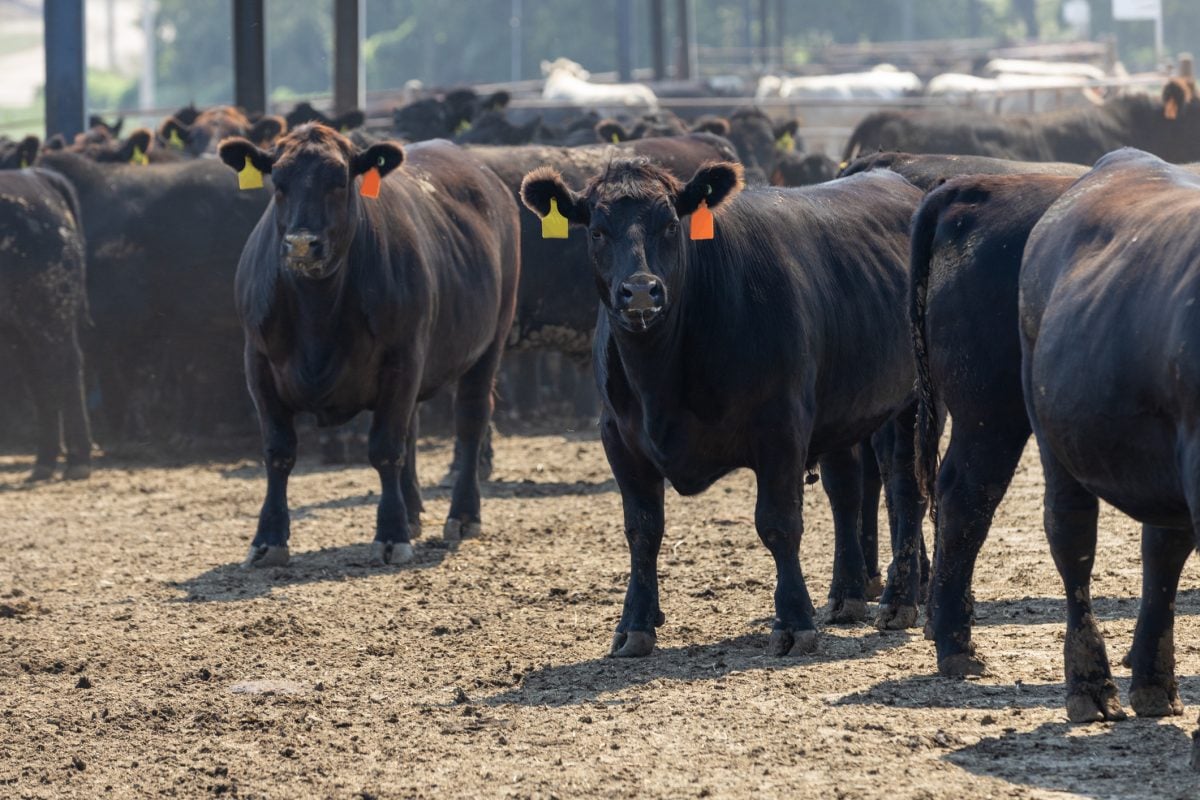
U.S. livestock: Cattle regain ground, hogs dip
Chicago cattle futures regained ground on Wednesday after falling off a cliff late last week. Most-active December live cattle contracts…
CME April live cattle futures reached up to the US$118 area this past week, which rejuvenated buying interest for grass yearlings. In the Lethbridge area, red white-face steers weighing 885 lbs. were quoted at $198 while black steers averaging just over 900 lbs. dropped the gavel at $189. In central Alberta, larger-frame Simmental-based steers averaging 925 lbs. were quoted at $186 while a smaller group of medium-frame Hereford-blended heifers weighing just over 900 lbs. were valued at $179. In central Saskatchewan, larger-frame tan steers averaging 950 lbs. were quoted at $181. These yearlings are coming fresh off pasture and order buyers had a “just get ’em” type mentality.
Market reports for calves were quite variable depending on the region and the overall volumes available. In East Central Saskatchewan, steer calves weighing 500-550 lbs. were quoted from $245 to as high as $253 while heifers in the same weight category were valued from $200 to $210. In central Alberta, a small group of black steers averaging 525 lbs. were reported at $219 and red heifers just under 500 lbs. were valued at $198. A small group of mixed steers averaging just under 550 lbs. were quoted at $215 in southern Manitoba and a smaller group of black mixed heifers averaging 540 lbs. were reported at $185.
Elevators in central Saskatchewan were showing barley bids at $195 per tonne ($4.25 a bushel) delivered in an effort to secure supplies for offshore movement. Barley prices in the Lethbridge area are quoted in the range of $230-$240 for November and December delivery. Values for imported corn have jumped over $20 per tonne over the past few weeks. The barley market has been rallying through the harvest period, which has caught many cattle feeders off guard. Those feedlots that booked larger feed grain supplies earlier in August appear to be the ones stepping forward more aggressively for yearlings. Feedlot operators in Saskatchewan have largely been on the sidelines so far. Eastern Canadian buyers have been picking away at yearlings and calves in certain locations. Corn in southern Ontario is quoted in the range of $4.90-$5 per bushel for October delivery.
— Jerry Klassen manages the Canadian office of Swiss-based grain trader GAP SA Grains and Produits Ltd. and is president and founder of Resilient Capital, specializing in proprietary commodity futures trading and market analysis. Jerry consults with feedlots on risk management and writes a weekly cattle market commentary. He can be reached at 204-504-8339 or via his website at ResilCapital.com.




